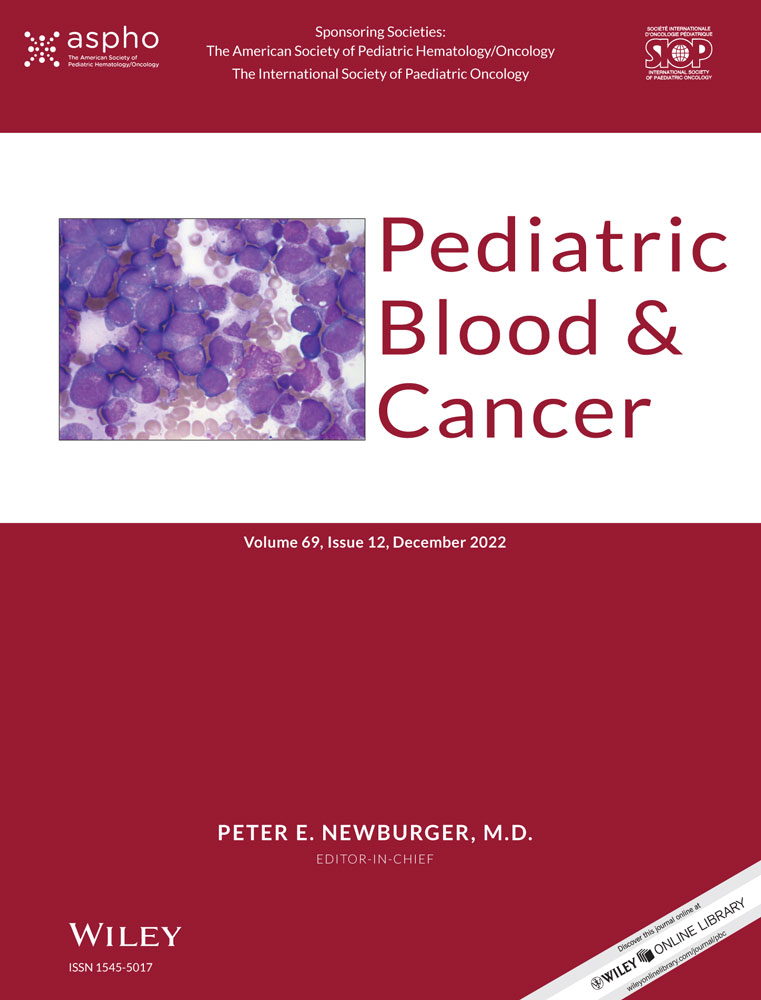Non-neutropenic fever in children with cancer: Management, outcomes and clinical decision rule validation
Abstract
Introduction
Fever and infection are an important complication of childhood cancer therapy. Most research and guideline development has focussed on febrile neutropenia, with a paucity directed at non-neutropenic fever (NNF). We describe the clinical presentation, management and outcomes of NNF in children with cancer, and externally validate the Esbenshade Vanderbilt (EsVan) clinical decision rules (CDR) to predict bacteraemia.
Method
Using a prospective database, retrospective data were collected on consecutive NNF episodes (fever ≥38.0°C and absolute neutrophil count >1.0 cells/mm3). Sensitivity, specificity and area under the receiver operator characteristic curve (AUC-ROC) of the CDR were compared to derivation study.
Results
There were 203 NNF episodes occurring in 125 patients. Severe sepsis was uncommon (n = 2, 1%) and bacteraemia occurred in 10 (4.9%, 95% confidence interval [CI]: 2.7%–8.8%) episodes. A confirmed or presumed bacterial infection requiring antibiotics occurred in 31 (15%) patients. Total 202 (99%) episodes received at least one dose of intravenous broad-spectrum antibiotic and 141 (70%) episodes were admitted to hospital. Six (3%) episodes required intensive care unit (ICU)-level care and there were no infection-related deaths. The EsVan 1 rule had an AUC-ROC of 0.67, 80% were identified as low risk, and sensitivity and specificity were 50% and 81.5%, respectively, for a risk threshold of 10%.
Conclusions
Serious infection and adverse outcome are uncommon in children with NNF. Many children did not have a bacterial cause of infection identified, but were still treated with broad-spectrum antibiotics and admitted to hospital. National clinical practice guidelines should be developed for this important cohort to enable risk stratification and optimise antibiotic management. Further research is required to determine appropriateness of EsVan CDR in our cohort.
CONFLICT OF INTEREST
The authors have no conflicts of interest to declare.




